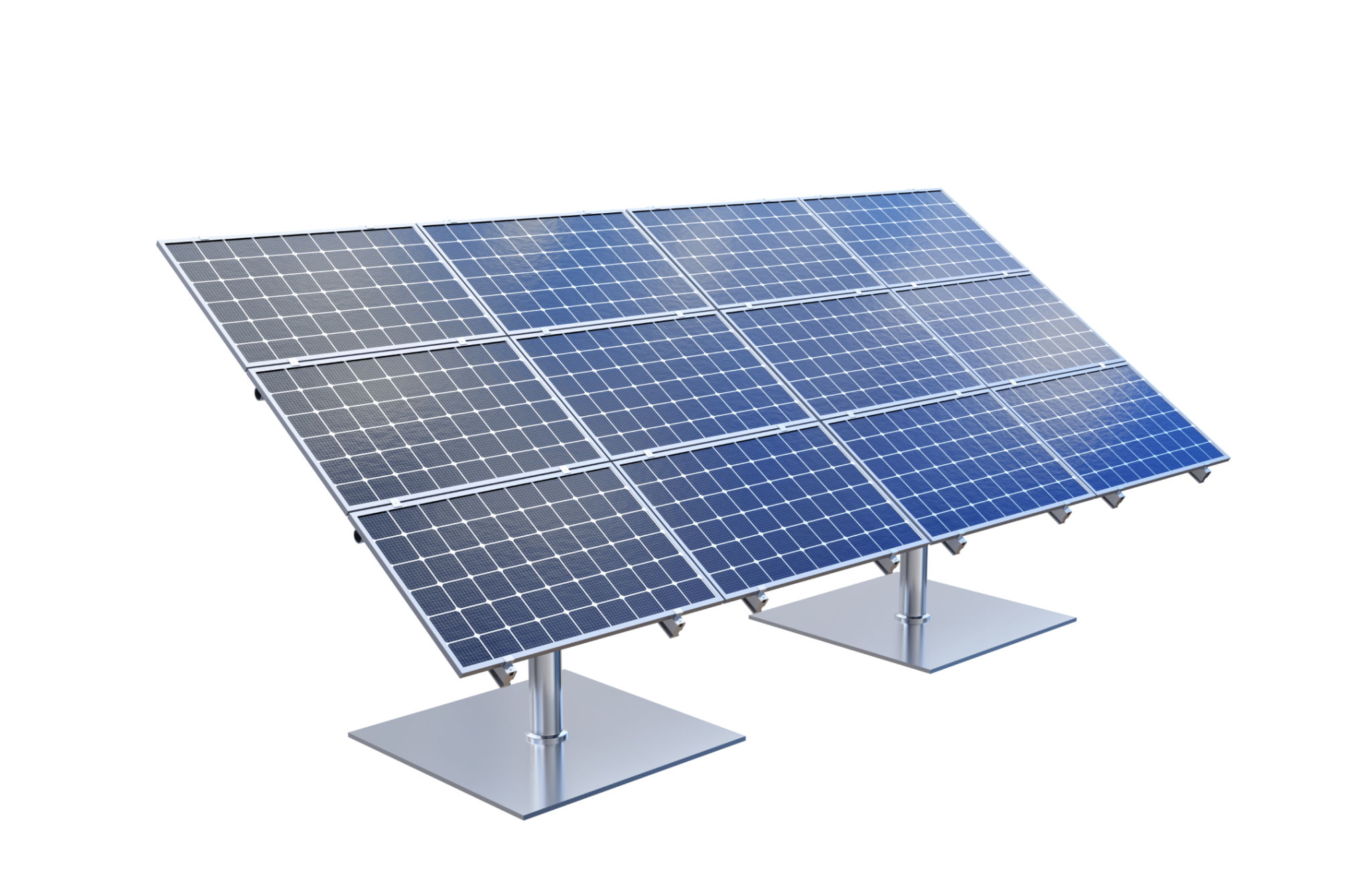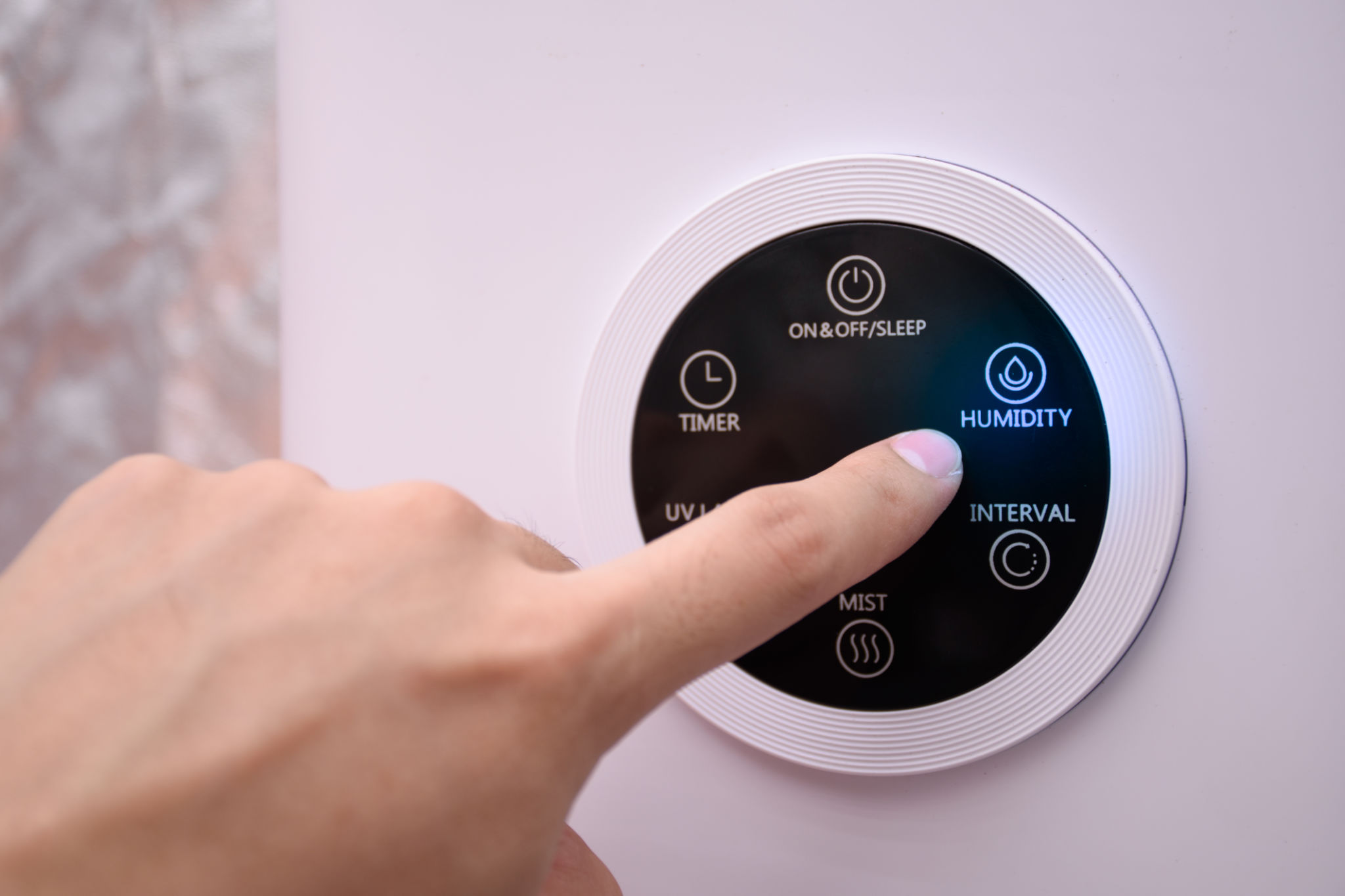Optimizing Industrial Warehouse Design for Australian Climates
Understanding the Impact of Australian Climates on Warehousing
Australia's diverse climate ranges from tropical in the north to temperate in the south, with arid and semi-arid conditions covering much of the interior. This variability necessitates a tailored approach to industrial warehouse design, ensuring that facilities can withstand extreme temperatures, high humidity, and even occasional flooding. An efficient warehouse must accommodate these climate variations to maintain operational efficiency and protect stored goods.
One of the primary considerations is temperature control. Warehouses in hotter climates need adequate ventilation and insulation to combat heat, while those in cooler areas may require enhanced heating systems. The right balance ensures energy efficiency and cost-effectiveness.

Designing for Energy Efficiency
Energy efficiency is a crucial component of warehouse design, especially in regions where temperatures can soar. Implementing sustainable practices not only reduces energy costs but also minimizes the environmental footprint of industrial operations. Solar panels, energy-efficient lighting, and smart HVAC systems are becoming standard features in modern warehouses.
Additionally, incorporating natural lighting through skylights or strategically placed windows can significantly reduce the need for artificial lighting during daylight hours. This not only cuts down on electricity usage but also improves the working environment for warehouse staff.

Materials and Construction Techniques
The materials used in warehouse construction play a vital role in optimizing design for the Australian climate. Durable materials like steel and reinforced concrete offer resilience against harsh weather conditions. Moreover, using materials with high thermal mass can help regulate indoor temperatures by absorbing and slowly releasing heat.
Advanced construction techniques such as prefabrication can also contribute to climate adaptability. Prefabricated components allow for faster construction times and often incorporate eco-friendly materials that enhance overall sustainability.

Addressing Humidity and Moisture Control
In regions with high humidity, moisture control becomes a critical factor in warehouse design. Excessive moisture can damage goods, equipment, and even the building structure itself. Installing dehumidifiers and ensuring proper ventilation are effective strategies to manage humidity levels within the warehouse environment.
Additionally, selecting flooring materials that are resistant to moisture damage can extend the life of the warehouse and prevent costly repairs. Concrete floors treated with sealants offer a robust solution against moisture-related issues.

Adapting to Environmental Challenges
Warehouses located in flood-prone areas must consider flood mitigation strategies in their design. Elevating the building, implementing robust drainage systems, and using water-resistant materials can safeguard against potential water damage.
Beyond floods, bushfire risks also necessitate specific design considerations. Fire-resistant materials and the strategic placement of firebreaks can enhance the safety of warehouses in fire-prone regions.
Implementing Smart Technology
The integration of smart technology into warehouse design offers enhanced climate control capabilities. Automated systems that monitor temperature, humidity, and energy usage allow for real-time adjustments, optimizing conditions for both stored goods and personnel.
Smart technology also supports predictive maintenance, ensuring that equipment operates efficiently and reducing the likelihood of unexpected breakdowns due to climate-related stressors.

Conclusion: Customizing Design for Sustainability
Optimizing industrial warehouse design for Australian climates involves a comprehensive approach that considers temperature control, energy efficiency, material selection, and environmental challenges. By implementing these strategies, businesses can create sustainable warehousing solutions that support operational efficiency while safeguarding against climate-related impacts.
Investing in climate-resilient designs not only protects assets but also aligns with broader sustainability goals, positioning businesses as leaders in environmental responsibility.
